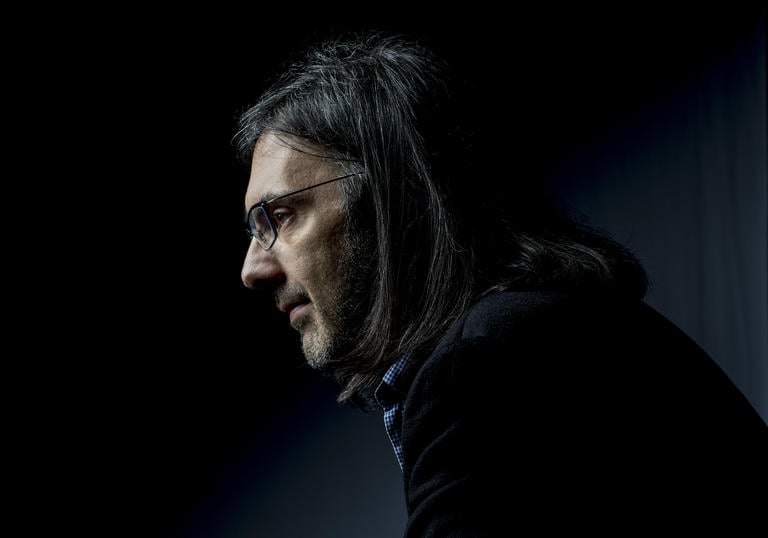
Programme and performers
Johannes Brahms Violin Concerto
1. Allegro non troppo
2. Adagio
3. Allegro giocoso, ma non troppo vivace
Ludwig van Beethoven Symphony No 6, Pastoral
1. Awakening of cheerful feelings on arrival in the
Countryside – Allegro ma non troppo
2. Scene by the brook – Andante molto mosso
3. Merry gathering of country folk – Allegro
4. Thunderstorm – Allegro
5. Shepherd’s Song – Cheerful and thankful feelings
after the storm – Allegretto
Royal Concertgebouw Orchestra
Daniel Harding conductor
Leonidas Kavakos violin
Artist biographies
Based in Amsterdam, the Concertgebouw Orchestra was founded in 1888 and officially received the appellation ‘Royal’ on the occasion of its centenary celebration in 1988. Its patron is Queen Máxima of the Netherlands.
The Royal Concertgebouw is one of the world’s finest orchestras and has long garnered praise for its performances of the music of Mahler and Bruckner. It also upholds a number of time-honoured concert traditions, such as the Passion performance and the Christmas matinee. The orchestra has long worked with a distinguished roster of conductors and soloists; Richard Strauss, Gustav Mahler and Igor Stravinsky all conducted the Concertgebouw Orchestra on more than one occasion. And to this day, the orchestra continues to foster long-term relationships with contemporary composers.
The orchestra has cultivated a very distinct, individual sound, one which is due in no small part to the unique acoustics of its hall, the Concertgebouw. Another determining factor is the influence exerted by the orchestral musicians, and that of the chief conductors, of whom there have been just seven to date: Willem Kes, Willem Mengelberg, Eduard van Beinum, Bernard Haitink, Riccardo Chailly, Mariss Jansons and Daniele Gatti. In June this year it was announced that Klaus Mäkelä is joining the orchestra as artistic partner with effect from this season, and will be chief conductor from 2027.
Nikolaus Harnoncourt also played a key role in establishing the orchestra’s reputation in 18th-century repertoire. Iván Fischer became Honorary Guest Conductor at the start of the 2021–22 season, while Pierre Audi is the orchestra’s Creative Partner.
In addition to some 80 concerts performed at the Concertgebouw, the orchestra gives 40 concerts at other major concert halls throughout the world, reaching roughly 250,000 concertgoers every year. The orchestra has further expanded its reach through videos, streaming and radio and television broadcasts, as well as releasing CDs and DVDs on its Concertgebouworkest Live label.
Each year, the Academy of the Concertgebouw Orchestra nurtures young, talented musicians into orchestral players of the highest calibre, while its summer course, Concertgebouworkest Young, brings together talented young musicians (aged 14 to 17) from all over Europe.
The Royal Concertgebouw is co-funded by the Dutch Ministry of Education, Culture and Science, the Municipality of Amsterdam, sponsors, funds and numerous donors all over the world. The largest portion of its income is generated by proceeds from the concerts it gives in and outside the Netherlands.
ING, Unilever and Booking.com are the Concertgebouw Orchestra’s global partners.
